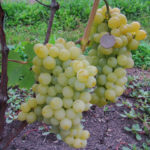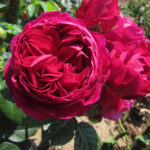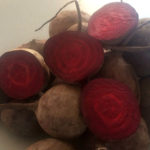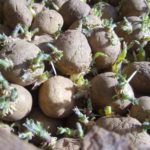Honeysuckle variety Berel
Honeysuckle has recently appeared in our gardens as a varietal berry crop. Of course, on the territory of Russia it was known for a long time, but mainly as an ornamental and medicinal plant, a wild forest berry. There is evidence that, among serious breeders, Michurin was the first to draw attention to it. He realized how important this plant can be for the northern regions, where popular garden berries do not have time to ripen.
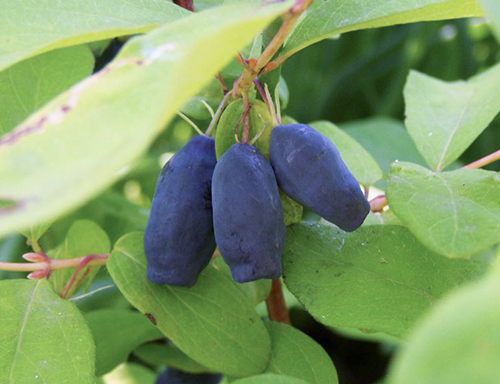
Over time, and especially from the middle of the last century, truly cultivated varieties of honeysuckle began to appear: tasty, healthy and fruitful. Among them is the one that will be discussed now.
History of creation
Berel is the brainchild of the Altai Scientific Center of Agrobiology, located in the city of Barnaul. Its experts declared the variety as a new variety in 1988, and in 1996 it was included in the State Register as approved for distribution. It is known that for its creation, the genetic material of such previously bred varieties as Blue bird, Blue spindle and Azure.
Description and characteristics of the variety
The bush is medium-sized, rather large in good conditions, it can reach two meters. The crown is compact or medium spreading, the shoots are strong and strong, straight. There is no pubescence on the branches, the young tips of the shoots have an anthocyanin tint, although in general the foliage is bright green. The leaves themselves are large, elongated, the lower part of the leaf plate is slightly pubescent. The stipules are so small that they are sometimes almost invisible. The upper leaves on the bush are usually slightly curved like a boat.
The big advantage of the Berel variety is its early maturity; the first berries appear already in the second or third year after planting. In terms of ripening, it belongs to early honeysuckle. The berries are conical, pear-shaped, with small tubercles on the surface. They are average in weight, from 0.4 to 1 gram each. The color of the ripe berry is almost black, with a deep blue tint. The taste is sweet and sour, with a distinct but pleasant bitterness.
On average, 3-4 kg of fruits are harvested from one plant. Another great advantage is the high transportability of the berries, which makes it possible to consider the variety as an industrial crop. Also, ripe fruits do not crumble for a long time, remaining on the branches, and this also adds points to the overall assessment of this honeysuckle.

Features of agricultural technology
If we talk about shortcomings, the main one is, by all accounts, self-infertility. For the ovary to appear on the flowers, plants of other varieties are needed. The best pollinator is considered Kamchadalka, as well as any other varieties of Kamchatka origin.
The considered variety of honeysuckle is unpretentious, resistant to diseases and severe frosts. In spring it wakes up very early, and also blooms early, being, by the way, a good spring honey plant. During recurrent frosts, the set fruits do not suffer.
Prefers bright places, but protected from strong winds. It grows well in lowlands, near streams, where the soil is constantly moist. For high yields, it should be fertile, loamy or sandy loam. Bushes respond well to organic fertilization.
Use cases
Berel's honeysuckle is often harvested for canning, it is used to make preserves, jams, compotes and natural juices. Many berries are consumed fresh, because they are a real storehouse of vitamins and nutrients. Interestingly, even food coloring is made from them!
Also, berries, along with leaves, are used in folk medicine. They make an interesting homemade wine.
This variety is also important for its decorative qualities, its tall, compact bushes are perfectly combined with other plants, participating in the decoration of the garden plot. In the northern regions, hedges are often created from it: both practical and beautiful!


